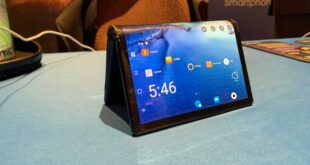Cheapest foldable smartphone: the words may seem contradictory, but the reality is that these devices are becoming more accessible than ever before. While foldable phones offer a unique blend of portability and screen real estate, their high price tags have traditionally limited their appeal. However, with the emergence of new …
Read More » Informatif Berita Informatif Terbaru
Informatif Berita Informatif Terbaru
